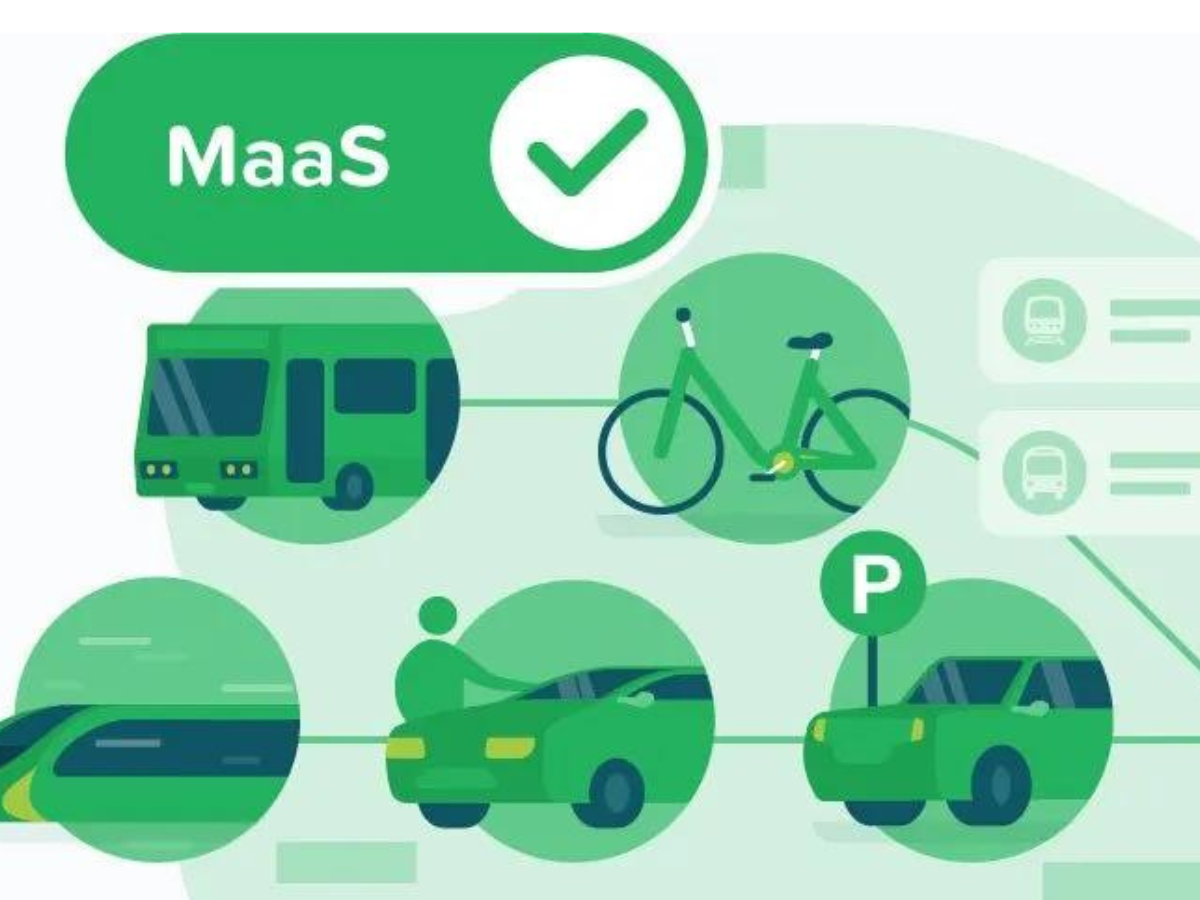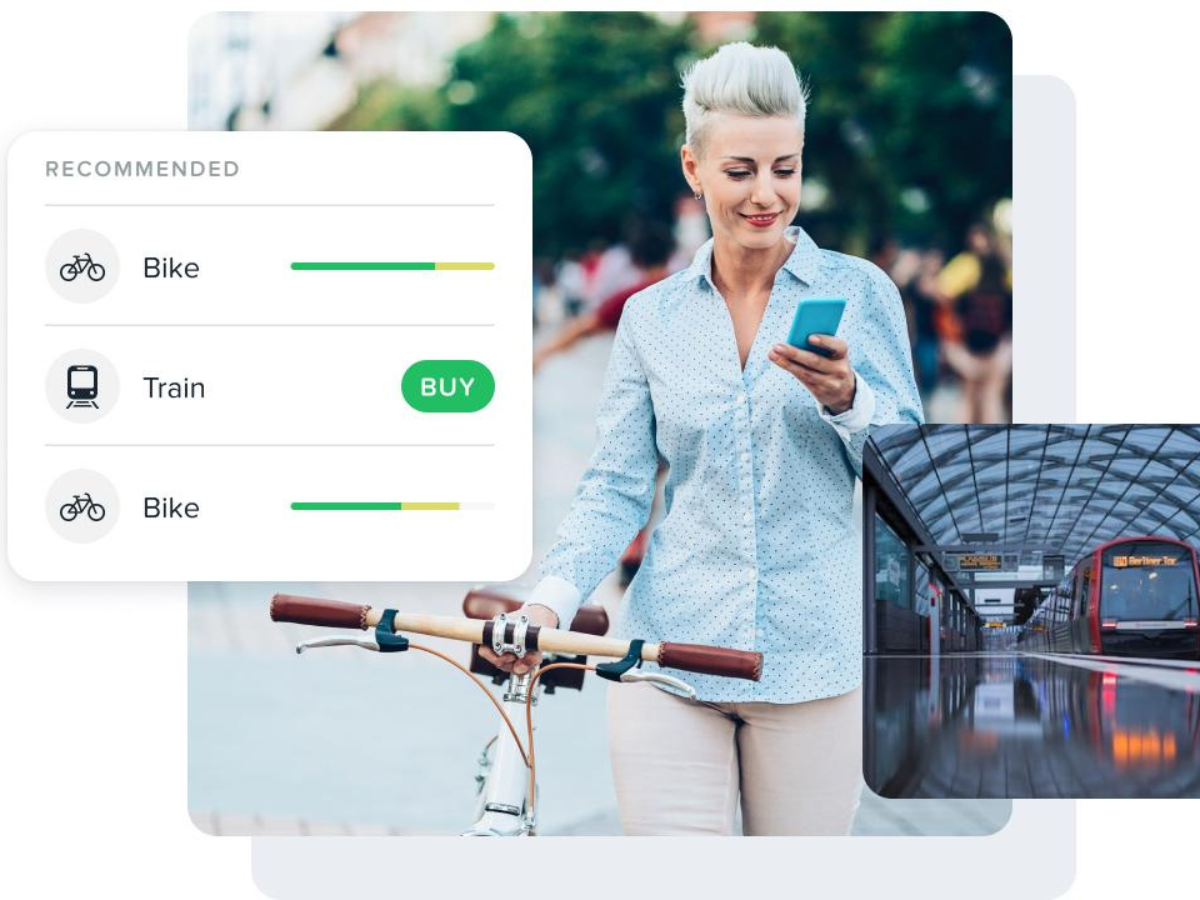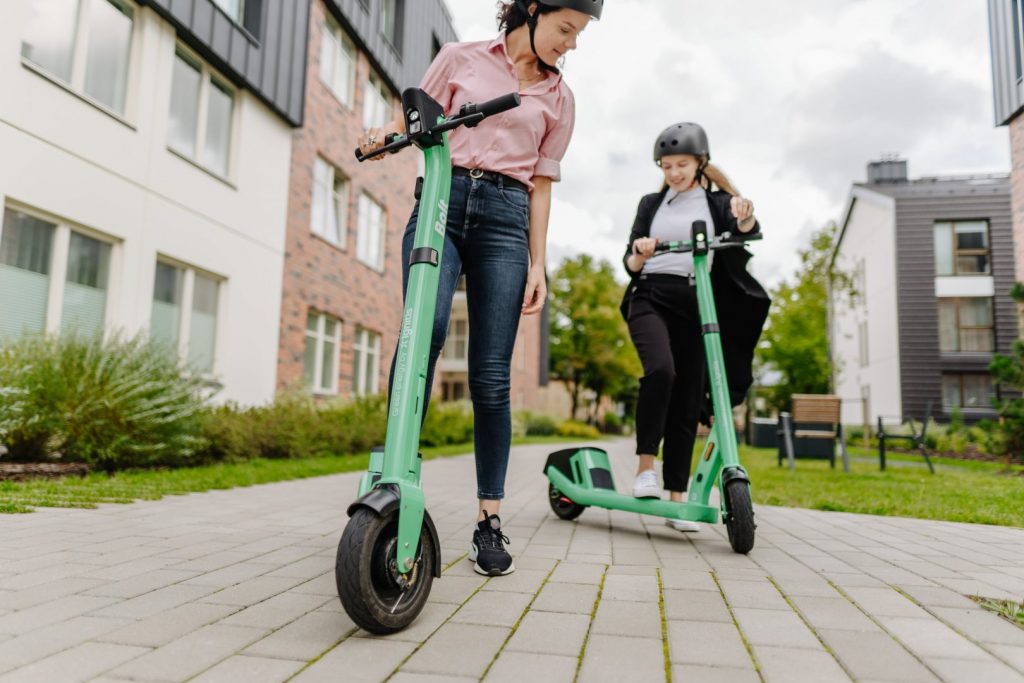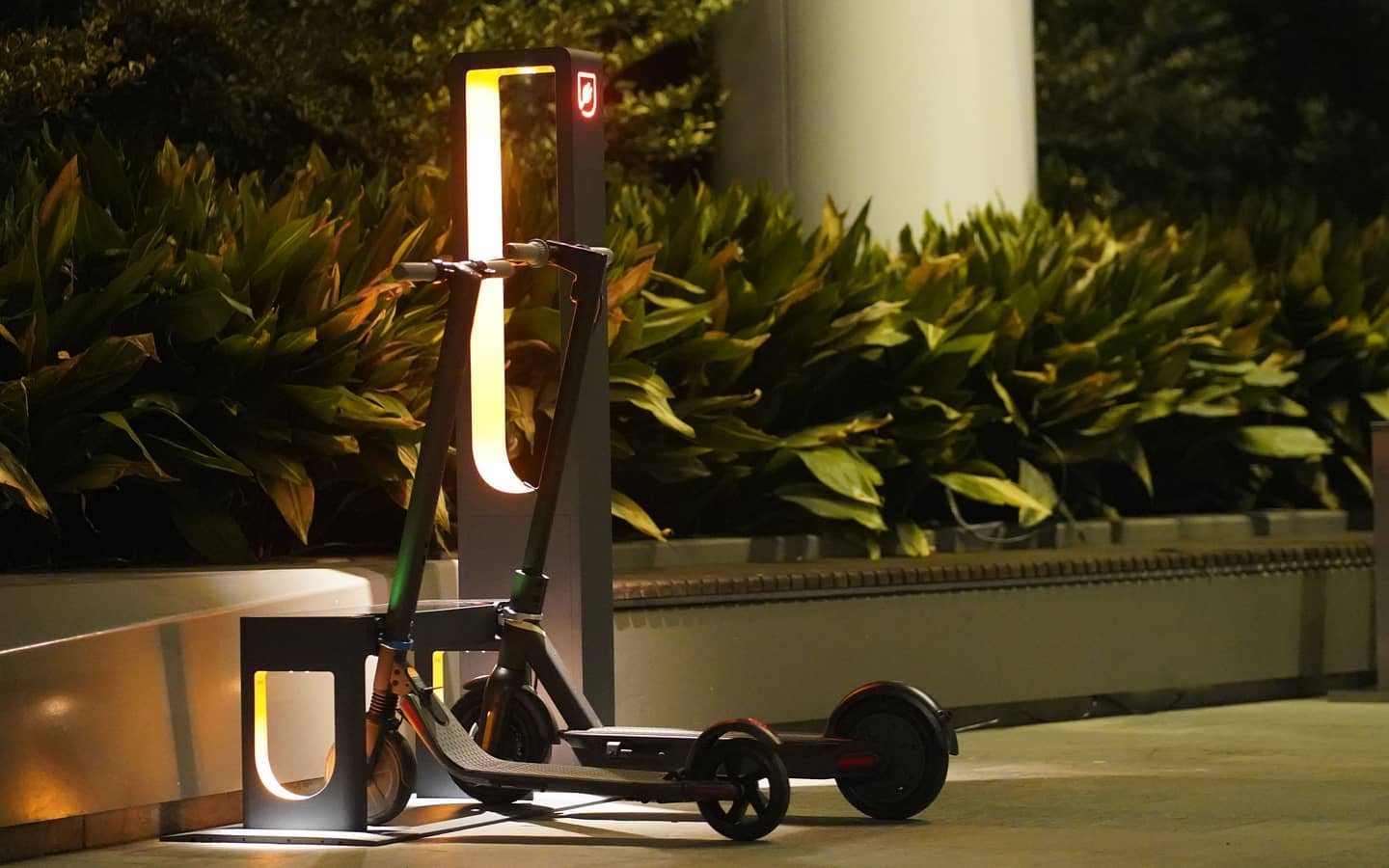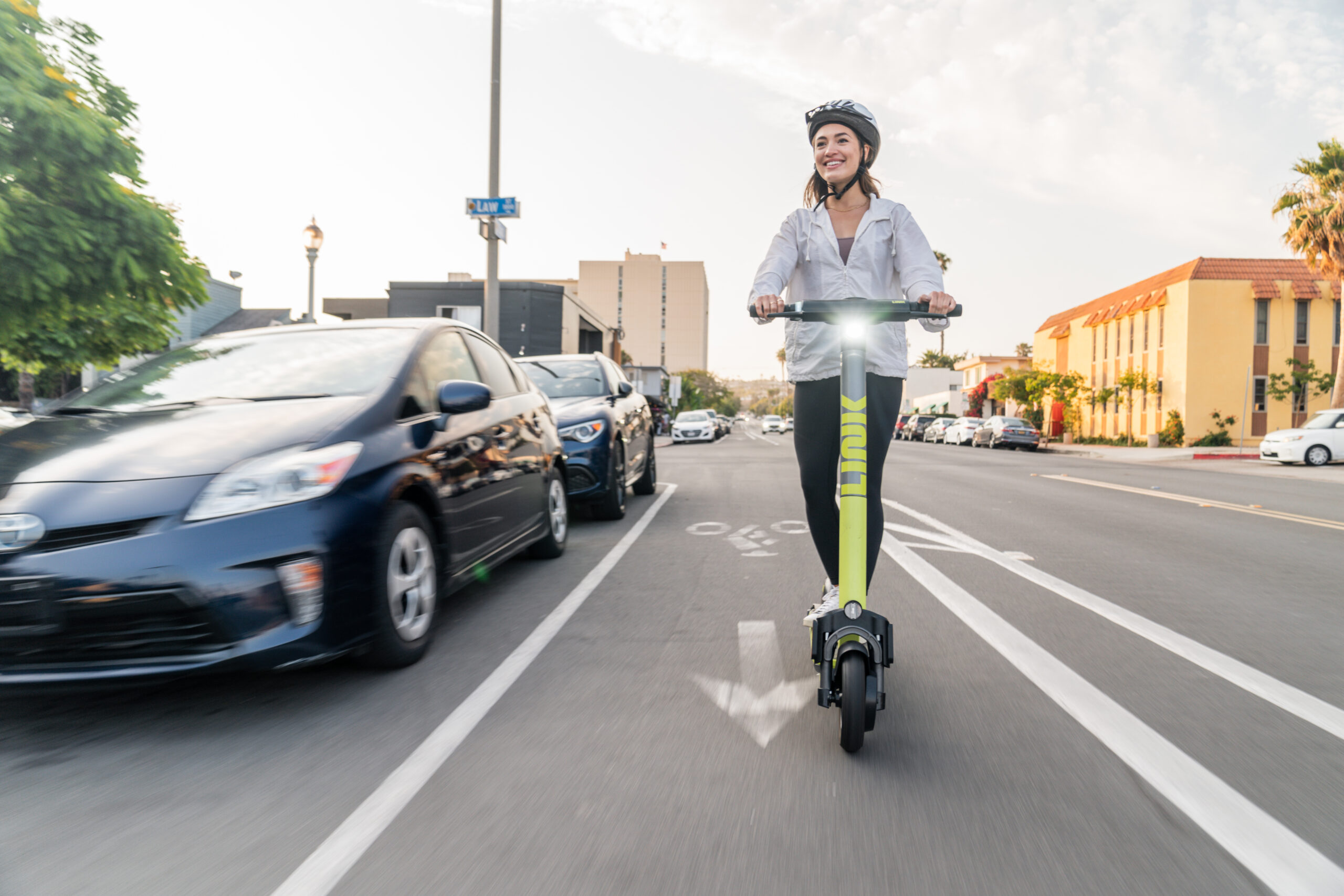MaaS, Micromobility and Making Transport Accessible
- By Marlen, Author at SkedGo
Micromobility has a key role to play in decarbonising urban transport and travel, helping us to move away from private single-occupancy car use. As more urban dwellers realise the potential of micromobility – especially across Europe and the US – the question arises: can we bring micromobility to more people? Is it possible to combine mobility options (such as train services with e-scooters) and make these journeys available within mobility-as-a-service (MaaS) to offer a complete end-to-end journey? The answer is yes.
Micromobility and MaaS are a winning combination, providing more integrated travel options to more people. However, mobility operators need to pay close attention to making their services both accessible and equitable to create a truly inclusive experience for the wider population.
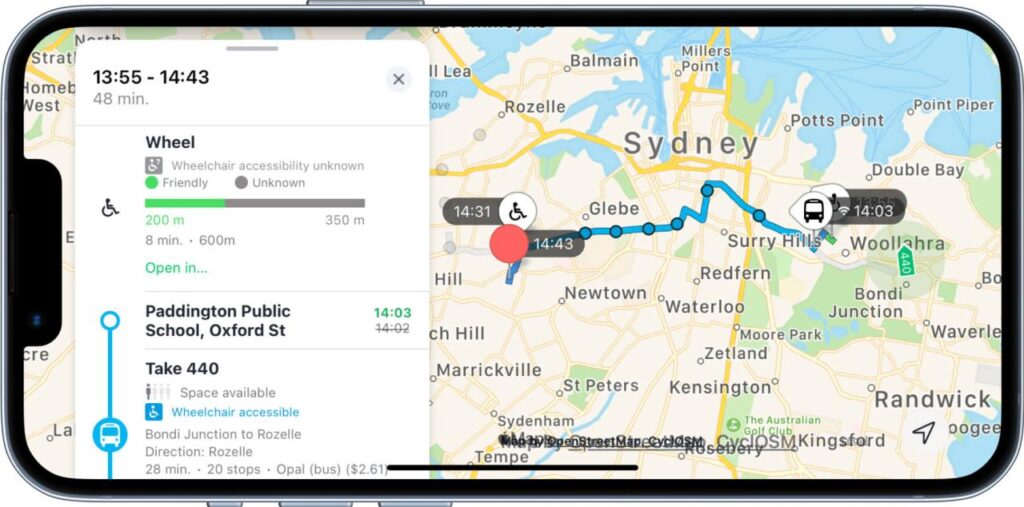
What Is Micromobility?
Micromobility often refers to small vehicles which are used for shorter journeys of a few miles or less. Examples include e-bikes, e-scooters, kickboards and the good old manual bicycles, scooters and skateboards. These modes of transport are particularly popular with the younger population, often more affluent males (Forbes), providing additional modes to move easily around cities.
Micromobility options can be a great complement to public transport use. Traditionally, commuters had to consider driving, taking a taxi, arranging a lift or walking to a train station which might be quite a distance from their home or work. Access to micromobility helps to bridge that first/last mile gap, particularly if it’s readily available, at a fair price and there are convenient pick up and drop off points. Integrating those options into MaaS apps allows every aspect of a journey to be managed, including accessing vehicle availability and charge status, booking and payment, unlocking/locking and reporting any issues through the one app, making the whole process seamless and hassle free.
Where Micromobility Falls Short
There is, however, a major problem: micromobility isn’t as accessible as it should be. This is at odds with what we believe to be the one of the main purposes of transport (and MaaS) in general – that it should be inclusive of all citizens. This means access for people with limited mobility, other conditions (such as autism and fear of crowds), the elderly, parents with small children, all genders, and low income families.
The impact of transport innovations to date, including micromobility and ride-share, have often been deployed without taking account of minorities such as wheelchair users, or the requirements for people with a guide dog. This impedes the already limited access that some individuals face on our streets (Carnegie Melon University). For instance, e-scooters have been left scattered on kerb sides and in parks – an issue that was highlighted in the Brussels Times. Coupled with speeding in pedestrian areas, this further hampers the ability of people with limited mobility to move freely around cities. Dedicated parking spaces are a must for these vehicles.
Towards More Equity in Micromobility
Making micromobility equitable also means ensuring less affluent areas are served so that low income families can access these services. Mobility solutions need to be available beyond cities and provide services for the unbanked (Micromobility Equity and Sustainability). We should also to redefine what micromobility actually means with e-vehicles designed for wheelchair users, those with restricted mobility, special needs bikes, and those for multiple passengers.
Other companies are starting to take notice too. Lime introduced ‘Lime Able’ in San Francisco, having found that eight per cent of their users have either a temporary or permanent disability. The service includes an option to power a wheelchair and a two-seater version for someone who requires a guide (Optimist). Spin is supporting job seekers with access to e-scooters for half price to help get them into work (Intelligent Transport). These are all positive moves, but we need to ensure that adaptive vehicles and social pricing become the norm and are accessible to more people in greater numbers.
In line with these considerations, Voi & 6t research outline a roadmap towards inclusive micromobility. They also highlight that the issue of inclusivity isn’t only with micromobility but with other shared services too. All transport operators need to consider accessibility as part of their business model.
This should also include sharing data within the transport ecosystem so that MaaS aggregators can provide all available options for a specific region (and across regions too). This makes it easier for travellers to see what is available to them and choose the best route for their needs. Added booking, payment and other functionality helps make the journey a seamless, hassle-free experience.
Inclusive Transport in Practice
As an example, MaaS company SkedGo not only integrates mobility options but also provides users with broader information such as which lifts are unavailable at public transport stations, are ramps available, and even which carriages are less crowded thanks to sensors on trains. High-quality data makes it possible to support more people who currently feel excluded or find it difficult to travel.
Inclusive MaaS requires all stakeholders to work together – at the grassroots level, with local authorities and cities – to ensure all new and existing operators incorporate inclusivity as part of their remit. Better socio-economic infrastructure and a rethink of monetisation strategies (Forbes) might be needed to be able to serve a broader audience, including low income families and less wealthy neighbourhoods to reduce transport poverty.
Micromobility offers an attractive alternative to private vehicles and shares some of the benefits of public transport in cities. It has a lot to offer but there is still much work to be done and we all must face this challenge head-on. After all, getting more adaptive mobility options in front of the wider population – and making them easily accessible through MaaS – will not only be good for the general economy but also for personal wellbeing too.
This article was originally published by SkedGo Pty Ltd.






